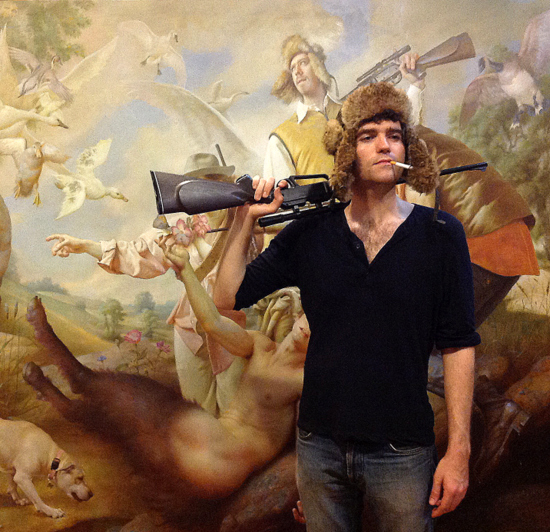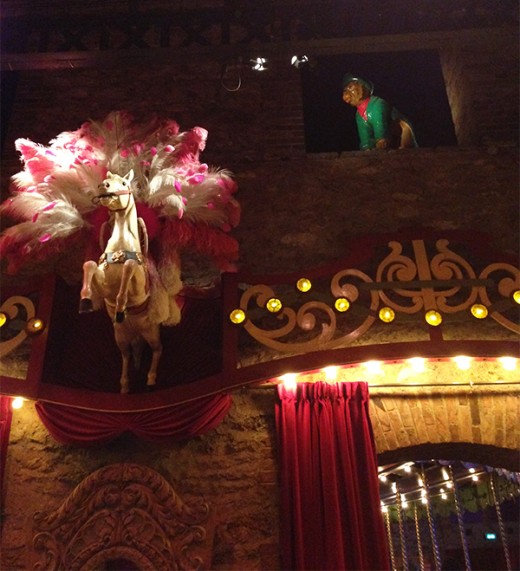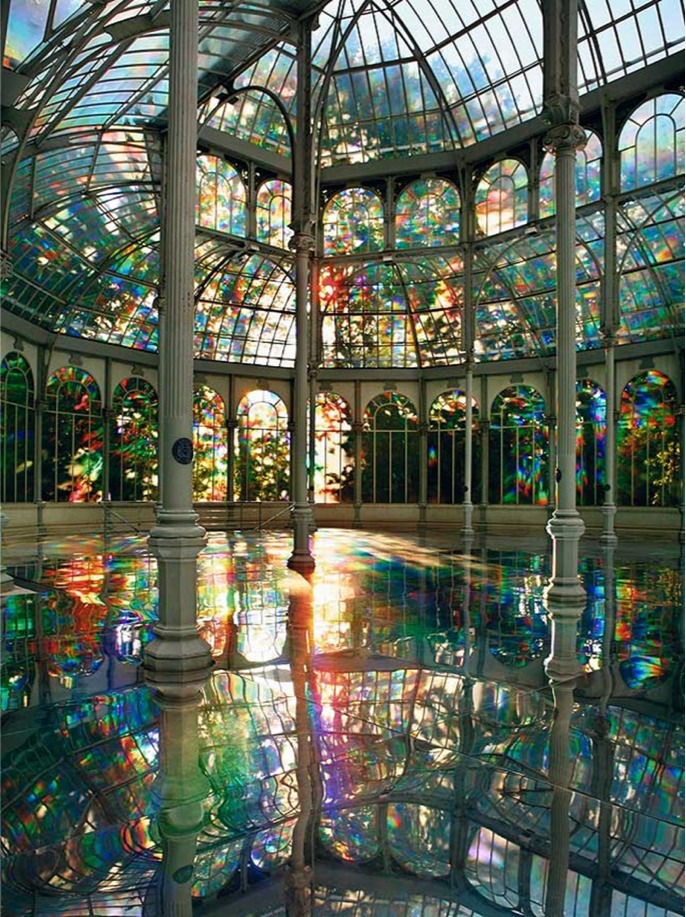 I had a time where I did something like this myself – in humbler pen and ink, to be sure. But I drew myself with flaming swords, summoning lightning, standing in power poses on cliffs. My life lacked a lot of that feeling around that time, so I created it in sketches. I have yet to clutch a flaming sword – which may be for the best – but I feel like I do a lot more metaphorical standing on cliffs these days, wind whipping around me as I brace myself for action, so I call the exercise a success.
I had a time where I did something like this myself – in humbler pen and ink, to be sure. But I drew myself with flaming swords, summoning lightning, standing in power poses on cliffs. My life lacked a lot of that feeling around that time, so I created it in sketches. I have yet to clutch a flaming sword – which may be for the best – but I feel like I do a lot more metaphorical standing on cliffs these days, wind whipping around me as I brace myself for action, so I call the exercise a success.
That’s part of why I found these murals such a delight. Have you ever read about the imagery in portraits from centuries ago? They were all thickly layered with visual shorthand that told you so much about the subject. The way they wished to be portrayed, their professions, their social standing – all of it was conveyed via colors and props and poses. The curious result of there being such limited media to convey large amounts of information.
So I think this guy’s paintings are an excellent step in the right direction. We need more modern myths – specifically not of the harmful religious kind, that is.
![]() There is nothing new under the sun.
There is nothing new under the sun.
![]() New Year’s Eve has become one of my least-favorite holidays as I’ve moved more fully into adulthood. All of the winter holidays in the U.S. are steeped in the kind of expectation that can make people extremely unhappy; to cap it off with a night where people not only feel the need to be extra socially connected but also the need to do something “cool” or big enough or whatever just seems extraordinarily cruel.
New Year’s Eve has become one of my least-favorite holidays as I’ve moved more fully into adulthood. All of the winter holidays in the U.S. are steeped in the kind of expectation that can make people extremely unhappy; to cap it off with a night where people not only feel the need to be extra socially connected but also the need to do something “cool” or big enough or whatever just seems extraordinarily cruel.
All of this is to say that we need more of these kinds of traditions. Growing up, we’d watch the ball drop on TV, and then we’d run out into the yard to listen to people firing their guns in the air, the reports echoing through the brittle, frozen woods. We’d shout and scream and sometimes fill Tupperware containers with unpopped popcorn to have something to rattle.
This year I had gin and tonic with my neighbor and then fell asleep on my face, fully clothed. Not bad.
![]() “Each day he rang a bell to let those outside know that he was still alive.”
“Each day he rang a bell to let those outside know that he was still alive.”
![]()
 To get an idea of how badly I want to go to this, I want you to imagine that a small hole has been drilled through the center of your chest, and a string has been threaded through. A knot is tied behind your breastbone, deep in your throbbing guts. And then someone tugs, and you trip forward.
To get an idea of how badly I want to go to this, I want you to imagine that a small hole has been drilled through the center of your chest, and a string has been threaded through. A knot is tied behind your breastbone, deep in your throbbing guts. And then someone tugs, and you trip forward.
I’ve gotten that feeling a lot in the past nine months or so. I’m starting to be able to manage it.
![]() Usability clashes with vestigial design. And it’s so good – so good!
Usability clashes with vestigial design. And it’s so good – so good!
![]() I have an ongoing beef with the whole “maximize your life” online cult of personality. I think it’s unrealistic, unhealthy, and at least a touch unkind to suggest – or, well, to state often and loudly – that there is something innately wrong with what we generally consider “ordinary life.” I think it’s lazy and unwise to automatically reject the cycle of have job, go to job, make connections with those around you, be in a place, exist, cook some food sometimes, take trips, and weather the phases of your life as you bob along. I think we should question it – because I think we should question everything, often – but I don’t think there’s anything inherently good (or bad) about it. And I think most people are pretty well suited for a version of this kind of “ordinary life.” Or so it has seemed from within my ongoing struggles with it.
I have an ongoing beef with the whole “maximize your life” online cult of personality. I think it’s unrealistic, unhealthy, and at least a touch unkind to suggest – or, well, to state often and loudly – that there is something innately wrong with what we generally consider “ordinary life.” I think it’s lazy and unwise to automatically reject the cycle of have job, go to job, make connections with those around you, be in a place, exist, cook some food sometimes, take trips, and weather the phases of your life as you bob along. I think we should question it – because I think we should question everything, often – but I don’t think there’s anything inherently good (or bad) about it. And I think most people are pretty well suited for a version of this kind of “ordinary life.” Or so it has seemed from within my ongoing struggles with it.
It makes me leery of anyone who feels that constant international travel, rootlessness, and a lack of investment in plain old regular folks is always a brighter and more vivid way of breathing. Again: lazy. It’s easy to find something that looks like meaning if you’re diving into the new and sparkly every day of your life. The skill is in finding the meaning and beauty in the regular facts of existence, I think.
Which is to say that I liked this piece very much. I think we absolutely benefit – enormously and beyond easy quantifying – from disrupting patterns and routine, and that unexamined routine is a major contributor to a lot of unhappiness. But I think that finding the small accessible beauty – such as what lies in your local art museum and what seed that might plant to make the rest of your life vivid and bigger – is the best, first skill to cultivate.
We’re all poorer if we eschew nuance. We all grow if we consider the areas between the extremes as well as the more obvious ends of the spectrum.
![]()
 And, finally, OH MY GOD. And apparently they even change the light display every so often?
And, finally, OH MY GOD. And apparently they even change the light display every so often?

